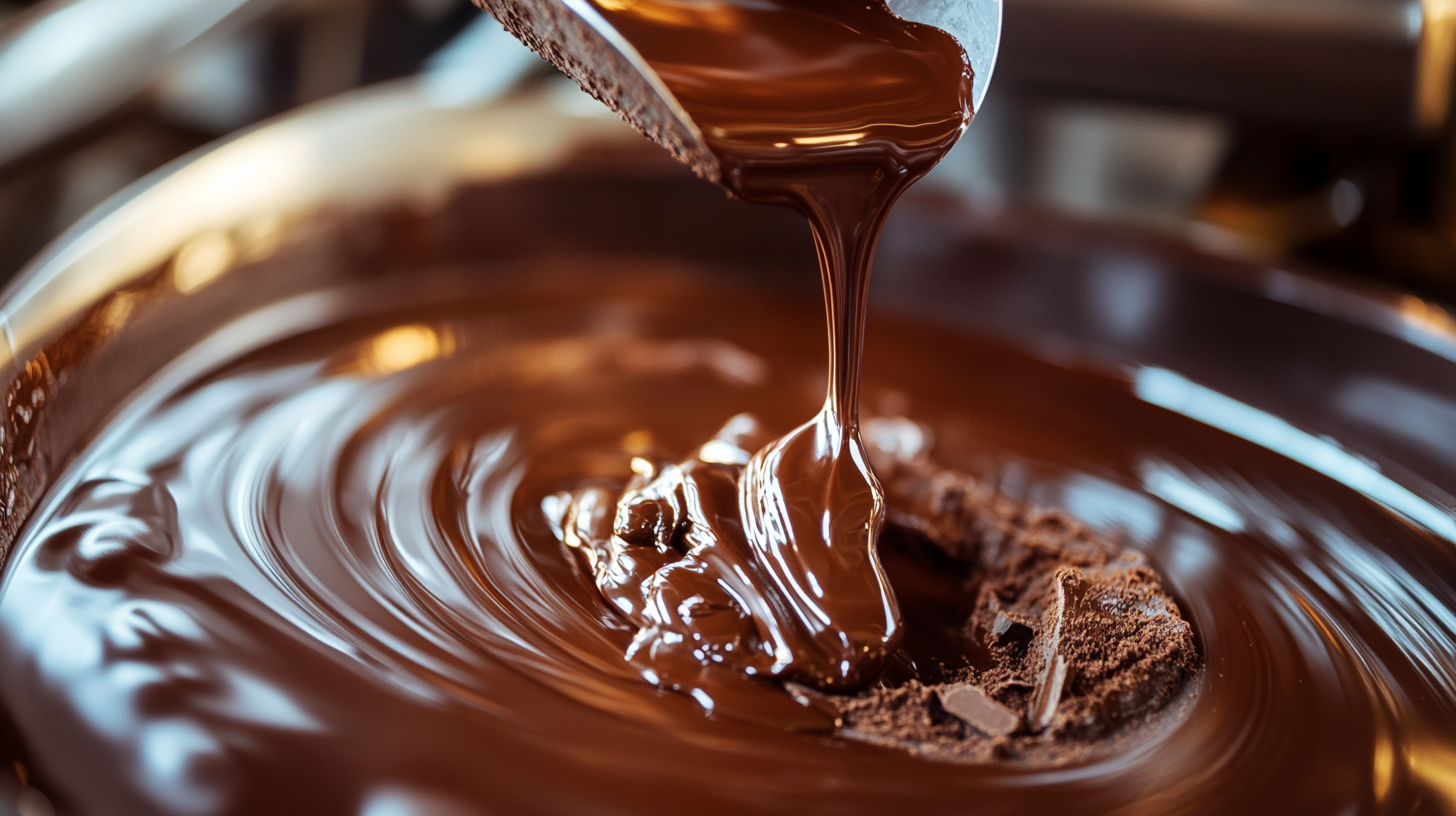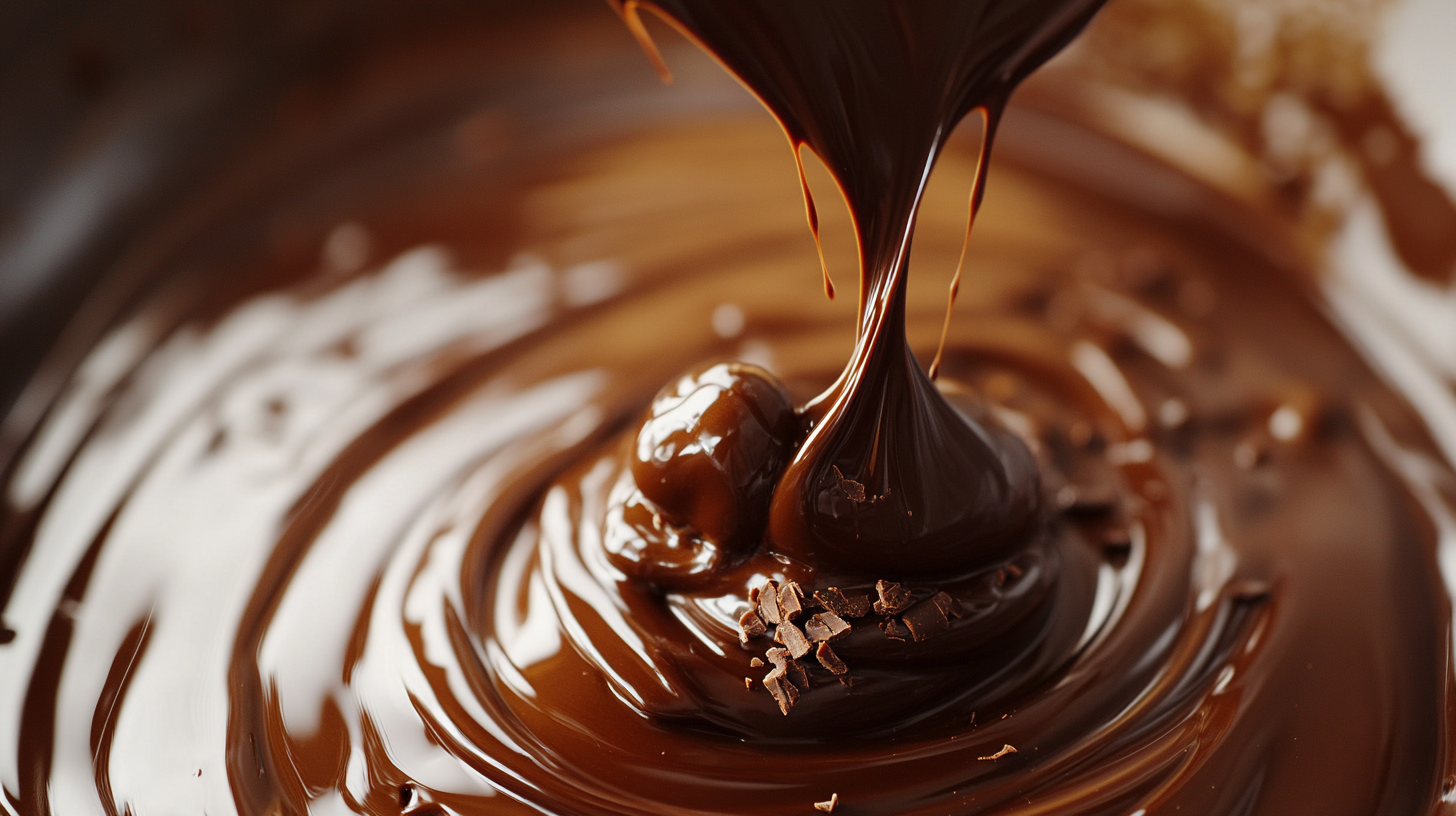Understanding Production Standards: The Ultimate Guide to Best Chocolate Enrobing Machines
 The chocolate industry is witnessing a transformative era, driven by evolving consumer preferences and technological advancements that demand higher production standards. As reported by Statista, the global chocolate market is projected to reach a value of $202.2 billion by 2025, reflecting a significant growth opportunity for manufacturers. This increase in demand has led to the innovation of chocolate enrobing machines, which are essential for enhancing product quality and consistency. These machines not only improve efficiency but also enable manufacturers to meet the rising expectations for premium chocolate products. In this ultimate guide, we will explore the latest trends in technology for 2025, examining the advancements in chocolate enrobing machines and potential alternatives that can shape the future of chocolate production.
The chocolate industry is witnessing a transformative era, driven by evolving consumer preferences and technological advancements that demand higher production standards. As reported by Statista, the global chocolate market is projected to reach a value of $202.2 billion by 2025, reflecting a significant growth opportunity for manufacturers. This increase in demand has led to the innovation of chocolate enrobing machines, which are essential for enhancing product quality and consistency. These machines not only improve efficiency but also enable manufacturers to meet the rising expectations for premium chocolate products. In this ultimate guide, we will explore the latest trends in technology for 2025, examining the advancements in chocolate enrobing machines and potential alternatives that can shape the future of chocolate production.
Understanding Chocolate Enrobing Machines: Key Production Standards Explained
When it comes to chocolate production, enrobing machines play a crucial role in ensuring a high-quality finish for confections. Understanding the key production standards of these machines is essential for manufacturers aiming to improve their processes. First and foremost, temperature control is critical; enrobing requires precise temperature settings to achieve the desired consistency and sheen of the chocolate. A machine with a reliable heating and cooling system can significantly impact the texture and appearance of the final product.
Another important standard to consider is the flow rate of the chocolate. The machine must provide a consistent and adjustable flow to accommodate various product shapes and sizes, ensuring an even coating. Additionally, the design and build quality of the enrobing machine can influence efficiency and maintenance. High-quality materials and user-friendly interfaces will streamline production and reduce downtime, further enhancing productivity. By grasping these key production standards, manufacturers can choose optimal chocolate enrobing machines that align with their specific needs, leading to better product quality and increased customer satisfaction.

Essential Certifications for Chocolate Production and Import/Export Compliance
When it comes to chocolate production, adhering to essential certifications is crucial for ensuring both product quality and compliance with regulations. Different countries have their own set of standards that chocolate manufacturers must meet, particularly when it comes to food safety and labeling. For instance, certifications such as ISO 22000 and HACCP are widely recognized and can significantly enhance a brand's credibility in the market. These certifications require strict adherence to hygiene and safety protocols during the chocolate-making process, thereby minimizing risks of contamination and spoilage.
Additionally, understanding import/export compliance is vital for any business looking to expand its market reach. Regulations vary from region to region, and being aware of these can prevent costly delays and penalties. Companies must ensure that their chocolate products meet the specific ingredient and labeling regulations of the destination country. This is where the role of certifications becomes even more significant, as they often serve as proof that products have been manufactured according to international standards. Obtaining relevant certifications not only aids in smoother logistics but can also lead to increased consumer trust, making it a worthy investment for chocolate producers aiming for success in the global market.

Choosing the Right Chocolate Enrobing Machine: Features You Should Consider
When selecting the perfect chocolate enrobing machine, there are several critical features to consider to ensure efficiency and product quality. According to a recent report by the International Confectionery Association, the global chocolate machinery market is projected to grow by 4.5% annually, emphasizing the importance of investing in advanced technology. A robust machine should offer temperature control precision, as maintaining optimal chocolate viscosity is crucial for achieving a flawless coating. Look for models with adjustable temperature settings to adapt to various chocolate types, be it dark, milk, or white.
Additionally, throughput capacity is another vital aspect to evaluate. For artisan chocolatiers and larger manufacturers alike, choosing a machine that accommodates your production needs is essential. Research suggests that machines with a production capacity ranging from 100 to 500 kg per hour are becoming the industry standard, allowing for scalability without compromising on quality. Moreover, features such as ease of cleaning, maintenance requirements, and energy efficiency can significantly impact long-term operational costs, making it paramount to consider these aspects when making your selection.
Understanding Production Standards: Chocolate Enrobing Machine Features
Maintaining Quality: Best Practices for Chocolate Enrobing Machine Operation
When operating chocolate enrobing machines, maintaining quality is paramount. The first step in achieving impeccable results is to ensure that the machinery is regularly cleaned and well-maintained. Residual chocolate can affect the flavor and appearance of the final product, so thorough cleaning cycles should be scheduled daily. Moreover, regular maintenance checks on the heating elements and conveyor systems can prevent malfunctions, ensuring a consistent enrobing process.
Another critical aspect is the temperature control of both the chocolate and the machine. Temperatures that are too high can scorch the chocolate, while too low can lead to improper coating. Operators should be trained on the optimal temperature ranges and equipped with reliable thermometers to monitor conditions continuously. Furthermore, maintaining a stable environment, free from humidity fluctuations, is essential for chocolate's texture and sheen. By integrating these best practices into daily operations, producers can ensure superior quality chocolate enrobing that delights consumers and upholds brand integrity.
Navigating Global Markets: Import/Export Considerations for Chocolate Manufacturers
Navigating the complexities of global markets poses unique challenges for chocolate manufacturers, particularly in the context of import and export regulations. According to a recent report by Research and Markets, the global chocolate market is projected to reach $150 billion by 2025. This growth opens up opportunities for manufacturers, but it also necessitates a solid understanding of international trade rules and compliance. Countries like the U.S. and EU have stringent food safety standards, and failing to comply can result in costly fines or access denials.
**Tip:** Conduct thorough research on the specific import/export regulations in target markets. Joining industry associations can provide valuable resources and updates on changing regulations, helping manufacturers stay ahead of compliance issues.
Moreover, manufacturers should consider the logistics of exporting chocolate, given its sensitivity to temperature and humidity. A latest report from the International Cocoa Organization (ICCO) highlights the importance of proper packaging and transportation methods that prioritize temperature control to maintain product quality during transit. This ensures that the chocolate retains its flavor and texture, which is crucial for maintaining customer satisfaction.
**Tip:** Invest in high-quality packaging that not only safeguards the product but also enhances its appeal in the international market. Collaborating with logistics experts can streamline the shipping process, ensuring timely and safe delivery to your customers.